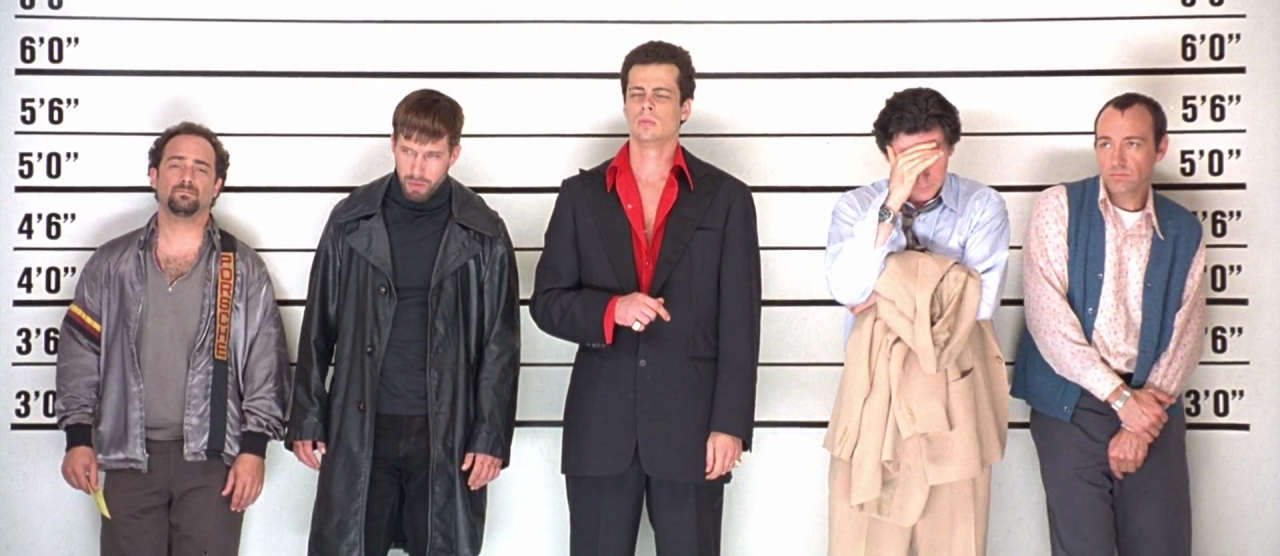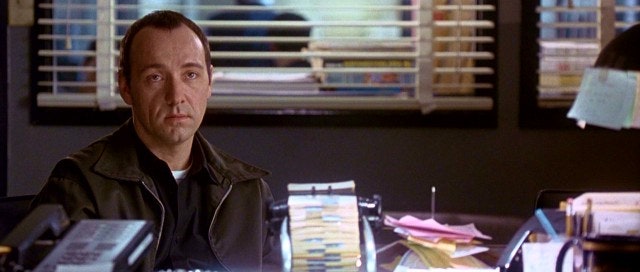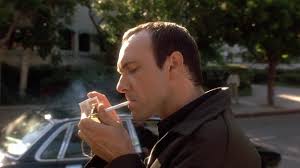The Usual Suspects

I’m a big fan of the neo-noir genre of films, which is a revival of the classic film noir from the 1940s. These kind of films often blur the line between what’s good and bad. They’re usually dark movies, both in terms of lighting as well as the storyline. Often shot in dark alleyways and lonely streets at night, it indicates a sense of something sinister and shadowy. The story need not necessarily be a ‘happy’ one and you’ve got to be prepared for the worst.
One of my favourite movies in the world happens to be an epitome of the neo-noir genre: The Usual Suspects. Directed by Bryan Singer and written by Christopher McQuarrie (who directed MI 5 and 6), this classic neo-nor mystery film is widely regarded as one of the greatest films in the world! Here’s why I loved this movie so much.
Major Spoilers Ahead
The beginning
The introduction scene is my second favourite part of the movie. It is a beautifully crafted scene, so well directed and sets the tone for the entire movie. A mysterious figure in a long black overcoat, pees on the fire, lights up his cigarette and shoots a man dead on a ship in the middle of nowhere. He lights the ship up and escapes before it explodes. If it could get any more suspenseful! Can it be any more neo-noir than this?! The scene is perfect because it builds up the suspense right from the start: who’s that man behind everything?
Narration and Flashback

Story is one thing, but telling it the right way is equally important. The story could be pretty straightforward, but can be twisted if told in a non-linear narrative (hello Quentin Tarantino). I personally love non-linear narratives because they can make the plots really complex and captivating. Bryan Singer, howeve, decides to portray the plot in the classic way: using narrations and flashbacks (which are linear). The entire movie, Verbal Kint is being interrogated by the police, explaining the backstory to how he and the other criminals landed on that ship. Because of the introduction scene being set up so well, the viewer’s inquisitiveness keeps increasing as Verbal Kint tells the poilce of how it all transpired.
The Keyser Söze backstory
Keaton always said, “I don’t believe in God, but I’m afraid of him.” Well I believe in God, and the only thing that scares me is Keyser Söze.

Kevin Space is God. Period. When the police starts to ask him about Keyser Söze is, his ‘verbal’ character goes into his backstory. It’s THE BEST scene of the movie. So far, the viewers just think that Keyser Söze is fake and that the criminals are making him up, but when Spacey’s character tells the police about him and how he killed his own family to become who he is today, it just sends cold shivers down the spine. As Kobayashi says, “One Cannot Be Betrayed If One Has No People”.
I could watch this scene again and again.
The Ending
The Plot Twist. Oh my good lord. It killed me. Absolutely destroyed me. Agent Kujan finally realizes that it was Verbal all along who fabricated the entire story. Verbal Kint is Keyser Söze! I had a lot of theories during the entire movie, but not once did I think that that cripple could actually be Keyser Söze himself!
The greatest trick the devil ever pulled was convincing the world he doesn’t exist.
Verbal Kint, with his name cleared of all charges, now walks back to Kobayashi’s car. His limp gradually goes away and his hand returns to being normal again, completing his transition to Keyser Söze. By the time Agent Kujan realizes the truth and runs out of the building to try catch him, Keyser is gone! He looks around, but there’s no sign of him.

And just like that…he’s gone. Screen fades to black.
Even if you saw that coming, hearing Keyser Soze’s words as the screen blacked out would’ve still blown your mind!